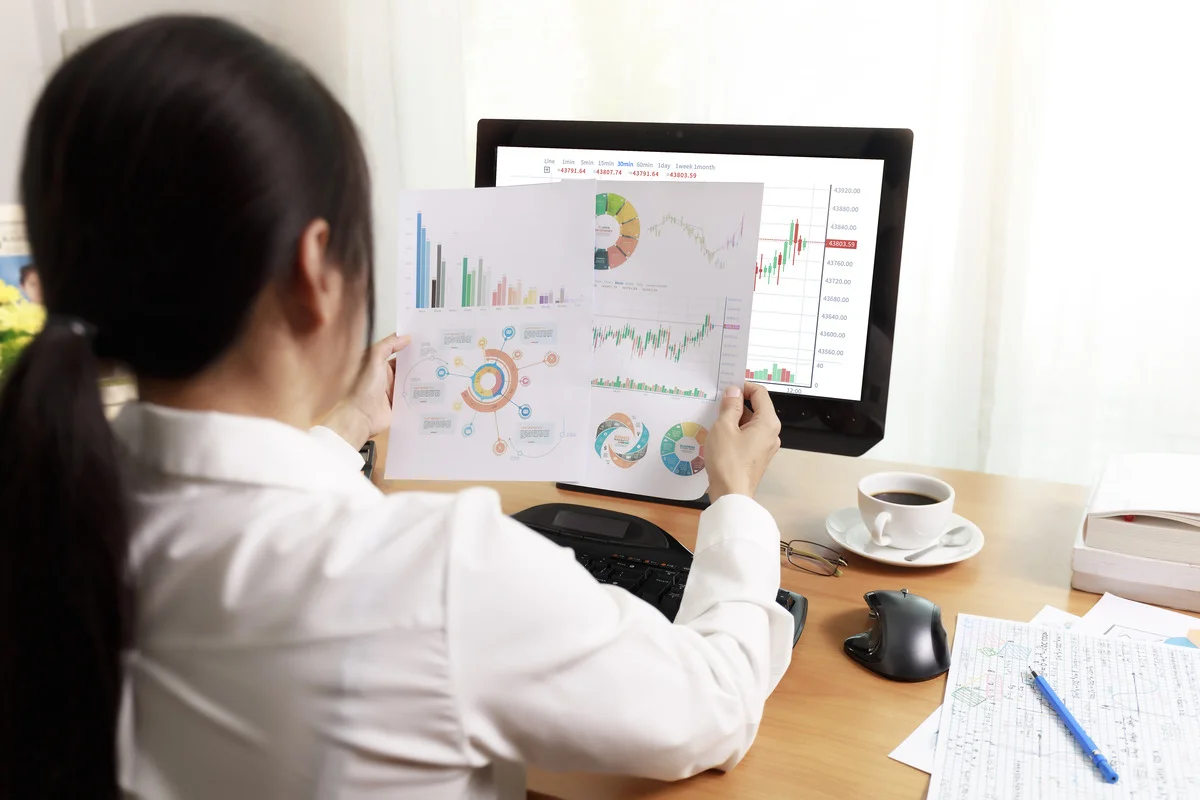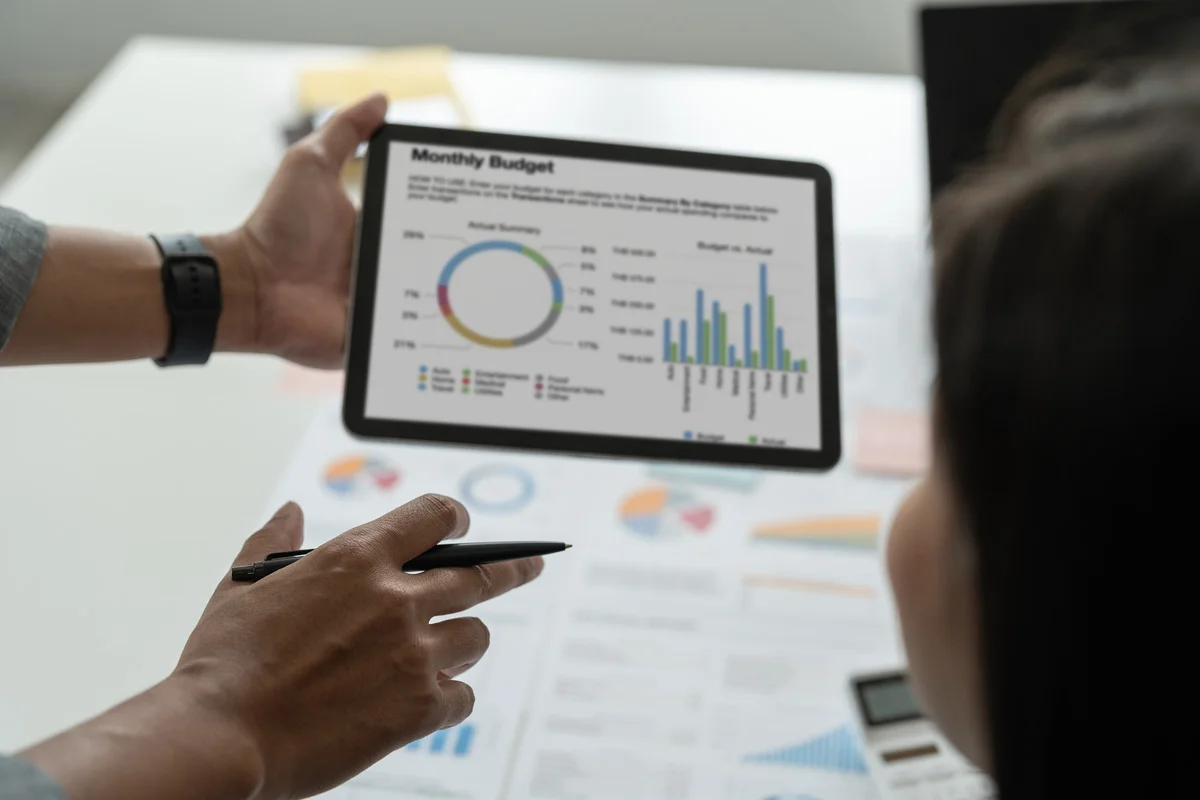Nexa Lab Blog – Data visualization tools are needed in the digital age for turning complex data into understandable, useful insights. These tools include a variety of software and applications made to visually depict data so that people and organisations can make defensible decisions.
Now, let’s look at the 5 best data visualization tools and some tips to help you choose the best one for your company’s needs.
Types of Data Visualization Tools
Data visualization tools come in various forms. Some common types include business intelligence platforms, data dashboards, and interactive data visualization software. These tools can help users analyse trends, patterns, and relationships within their data to drive better decision-making.
- Business Intelligence (BI) Tools: These tools focus on visualising data to support business decision-making processes.
- Statistical Tools: Statistical software provides advanced visualization capabilities for analysing complex datasets.
- Dashboard and Reporting Tools: These tools specialise in creating interactive dashboards and reports for data exploration and analysis.
Before we begin selecting tools to help you visualise your data, you should learn more about the various types of data visualization techniques. Bar, chart, and map visualization are among the most popular data visualization techniques. However, there is more to it than that.
More information can be found in our previous post, ‘18 Types of Data Visualization Techniques to Tell Your Story‘.
Criteria for Selecting the Best Data Visualization Tool
When selecting a data visualization tool, there are several criteria that you need to consider. Usability, compatibility, scalability, and support & updates, are some of them.
- Usability: The tool should have an intuitive interface and user-friendly features.
- Compatibility: Ensure that the tool is compatible with your existing data infrastructure and systems.
- Scalability: Assess its ability to handle increasing data volumes and complexity.
- Support and Updates: Consider the availability of customer support and regular updates for the tool.
The Best Data Visualization Tool in 2024
While there are many data visualization tools on the market, only some can be considered one of the best. It’s because not all tools meet the criteria of usability, compatibility, scalability, and support and updates that are essential for effective data visualization.
Here are the 5 best data visualization tool options available. We chose this based on Forbes Advisor ratings for each tool.
Microsoft Power BI
- Rating: 4.5
- Software Integrations: Yes
- Real-Time Analytics: Yes
- Trend Analysis: Yes
With the business intelligence platform Microsoft Power BI, users can work together with data and monitor objectives. To support users in making informed decisions, it offers trend analysis and real-time analytics. Because it can be integrated with so many other Microsoft products and cloud services, Microsoft Power BI is a flexible business solution.
It provides data security features to safeguard user information. With Microsoft Power BI, you can create dynamic, immersive dashboards and reports that empower you to take action. Which companies should use it? Those who require a business intelligence solution and use Microsoft products and services.
Tableau
- Rating: 4.4
- Software Integrations: Yes
- Real-Time Analytics: Yes
- Trend Analysis: Yes
Tableau is an analytics and data visualization tool that lets users explore data and share their findings. Tableau’s flexibility and power make data exploration easy for everyone. Users can use drag and drop to create visualizations, a few clicks to use AI-driven statistical modelling, and natural language questioning.
Tableau facilitates greater scale in governance, security, compliance, maintenance, and support, saving time and money. Additionally, users receive more than just an analytics tool—they also receive the guidance and assistance required to accomplish larger scale.
Users who want to expand their data operations and require analytics and data visualization capabilities need to consider Tableau as their data analytic tool.
Looker
- Rating: 4.3
- Software Integrations: Yes
- Real-Time Analytics: Yes
- Trend Analysis: Yes
Looker’s plugin marketplace makes it possible for users to view data in a variety of ways, making it a powerful tool. A directory of various visualization formats, including calendar heat maps, bar gauges, aster plots, cartoons, liquid fill gauges, and spider visualizations, can be found here.
Analytics can be completed more quickly thanks to its pre-made analytical blocks, which allow users to use templates for specific data or analyses. Data-driven decisions can be made more quickly and easily with Looker’s at-a-glance visualization tools. Users who require a range of data visualization features in order to expand their operations should consider choosing Looker as their data visualization tool.
QlikSense
- Rating: 4.4
- Software Integrations: Yes
- Real-Time Analytics: Yes
- Trend Analysis: Yes
Qlik Sense is an artificial intelligence (AI) tool for data visualization that facilitates better data understanding and utilisation by users. Compared to other data visualization tools, it provides faster computations, greater context, and the capacity to link and merge data from hundreds of data sources.
Part of the Qlik Active Intelligence Platform, Qlik Sense provides scalability and analytics performance to enterprises of all kinds. It can also be obtained as a hybrid service that adds on-premises data analytics to SaaS analytics or as a software-as-a-service (SaaS) solution.
If your businesses need artificial intelligence capabilities to scale your data operations, then QlikSense is your choice.
KlipFolio
- Rating: 4.3
- Software Integrations: Yes
- Real-Time Analytics: Yes
- Trend Analysis: Yes
Using pre-built, curated instant metrics, you can access and aggregate data from hundreds of services with Klipfolio without having to write any code. You can use data to inform your daily decisions with its powerful data modeller. To gain precise and thorough insight, users can import, edit, and analyse data.
Long-term contracts or onboarding costs are not necessary thanks to its flexible payment plans. Plans for nonprofit organisations are discounted; however, specifics are available upon contacting Klipfolio’s sales team.
Klipfolio is a great option for businesses that need custom dashboards because it offers unlimited dashboards with all of its plans.
This concludes our list of the best data visualizations tools in 2024. Even with the best tools, understanding data visualization principles is essential for effectively communicating your insights. D.E.S.I.G.N, an abbreviation for six data visualization principles, is an important concept to understand.
Find out more in our article, ‘Data Visualization Principles: Key Concepts for Effectively Communicating Insights‘.
Conclusion
To sum up, data visualization tools are essential for deciphering intricate datasets and extracting insightful information. To remain competitive and make wise decisions, businesses and organisations must invest in the best data visualization tool as they continue to leverage the power of data.
Ready to take your data visualization to the next level?
Nexa Lab Data Visualization and ETL services provide you with cutting-edge data visualization services that will help you make sense of your data and drive strategic decision-making. We offer the best services for you with interactive dashboards, data integration and aggregation, advanced analytics and forecasting, and automated ETL workflows.
Nexa Lab is a web and application developer that specialises in MSPs (Managed Service Providers) and IT departments. We were born and raised in Australia and have over 30 years of experience in the MSP and IT industries.




